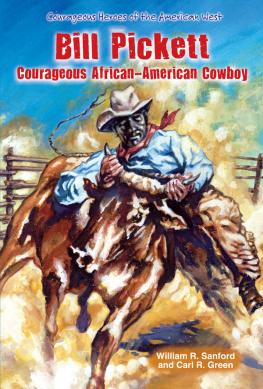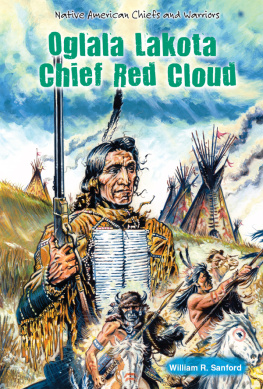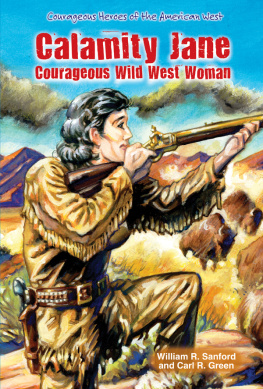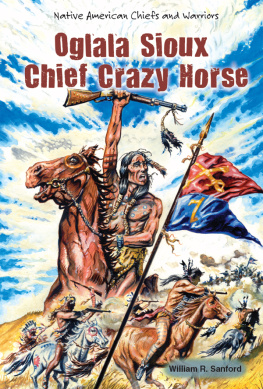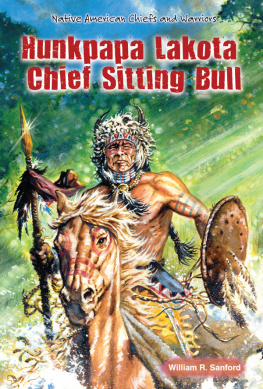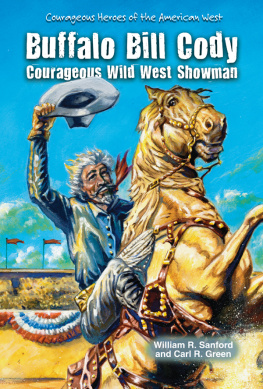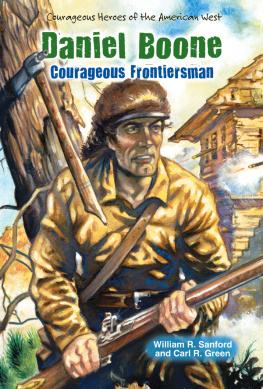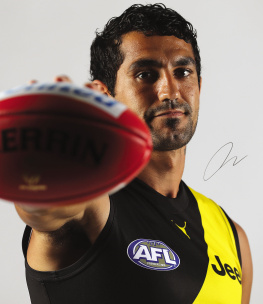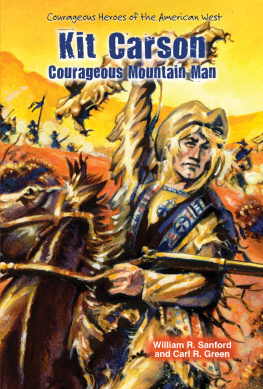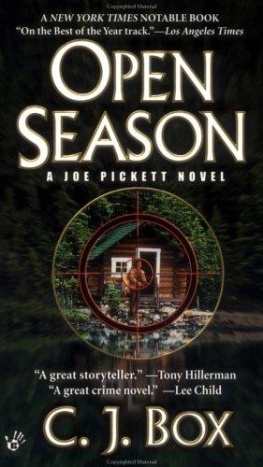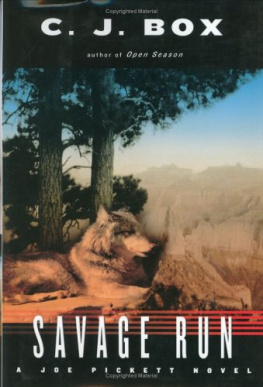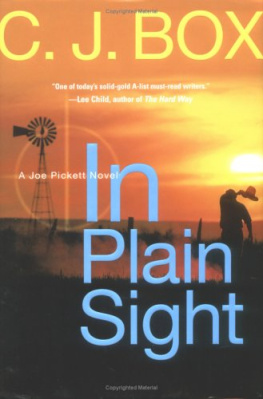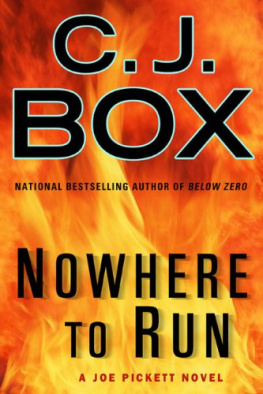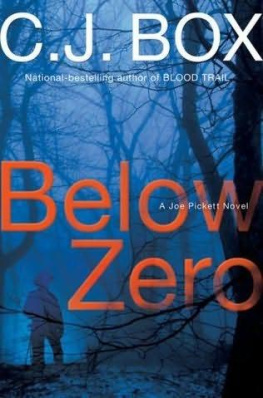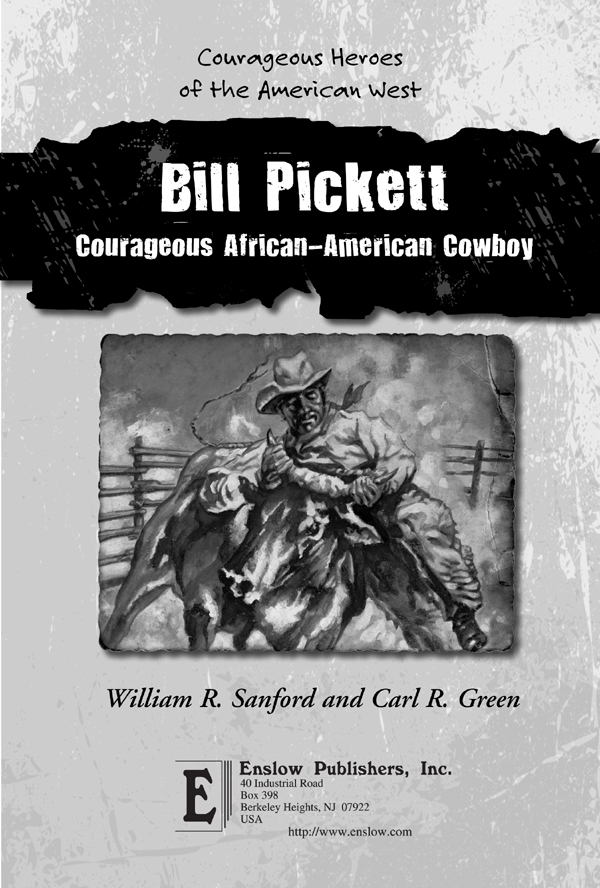Therell Never Be Another Bill
Bill Pickett urged his horse forward chasing after the speedy steer. Like an acrobat, Pickett jumped onto its back, grabbing it by the horns. In the same motion, he twisted the steers neck up and bit its upper lip with his teeth. Instantly, he had the steer on the ground as the crowd roared in delight. Bill Pickett invented this exciting event, known as bulldogging. Despite the racism he faced as an African-American cowboy, Pickett entertained rodeo crowds around the world. Authors William R. Sanford and Carl R. Green explore the life of this courageous rodeo superstar.
About the Author
William R. Sanford and Carl R. Green are the authors of more than one hundred books for young people. They bring over sixty years of teaching experience to the many projects they have created.
A rodeo is a live-action show that displays the riding and roping skills of cowboys. The first rodeos were held in Mexico. By 1888, they had spread to the United States. Modern rodeo competitions include eight events: bareback bronc riding, saddle bronc riding, bull riding, calf roping, steer roping, team roping, barrel racing, and bulldogging. No one knows who introduced the first seven events. That is not the case with bulldogging. Credit for inventing this dramatic way of throwing a full-grown steer belongs to an African-American cowboy named Bill Pickett. Today, Pickett is recognized as one of the Wild Wests legendary cowboys. This is his true story.
By 1905, big crowds were turning out to watch rodeo cowboys do their stuff. At the Fort Worth Fat Stock Show that year, Bill Pickett thrilled fans with his bulldogging. One of the spectators was rancher Zack Miller. Zack and his brothers were planning a big Western show at their 101 Ranch. He wasted no time in signing Bill for his show.
Bill had seen big ranches in his native Texas. But none matched the 101, which lay in north-central Oklahomas Cherokee Strip. Thousands of cattle grazed on the 110,000 acres of sweet grass. Bill did not know it, but he had found a home.
On June 11, 1905, thousands of rodeo fans gathered in nearby Guthrie. They made their way to the ranch by buggy, wagon, and on foot. Well-dressed men and women drank soda water while chatting about the upcoming show. Around noon, rain clouds formed to the northeast. Zacks brother Joe watched the sky darken and shook his head. If the storm hit, he would have to refund the ticket money.
A tribal medicine man named Sits-on-a-Hill stepped forward. Big blow. Big rain. No show, he told Joe. For five steers, he added, he would stop the rain. Joe told Sits-on-a-Hill he had a deal. The medicine man danced and sang and pounded on a drum. As the clouds reached the nearby river, he screamed and shook a shell at the sky. Moments later, as if by magic, the storm veered to the east.
The sun came out. A band played as Zack Miller and his brothers Joe and George led the grand parade. Behind them came two hundred American Indian horsemen. The aging Apache warrior Geronimo rode with them. Bill Pickett rode with the cowboys and cowgirls who brought up the rear. Among them was cowhand Tom Mix, who later starred in dozens of silent films.
The show kicked off with a buffalo hunt. Geronimo shot his buffalo from the backseat of a car. Ranch cooks later served barbecued hump meat to the shows special guests. Next came the trick riding and roping. Then it was Bills turn.

Image Credit: Bill Pickett. Circa 1925. #2001.036.012. Tad S. Mizwa Collection, Dickinson Research Center, National Cowboy & Western Heritage Museum
Bill Pickett emerged as the star of the popular 101 Ranch Real Wild West Show.
The announcer cried out, The next event will be Bill Pickett, the Dusky Demon from Texas. [Bill] will leap from the back of a running horse onto a running steer. [He will] throw the steer with his bare hands and teeth.
A gate swung open and a half-ton steer dashed out of his pen. Behind him streaked a cowboy known as a hazer. It was his job to keep the steer running in a straight line. Then the star bulldogger made his entrance, riding his horse Spradley. In 1905, Bill was in his mid-thirties. He stood five feet, seven inches, and weighed 145 pounds. He had a slim waist, big hands, and powerful shoulders. His eyes and skin were dark. Strong white teeth gleamed under a small mustache. On this day, he was dressed like a Mexican bullfighter.

Image Credit: Western History Collection, University of Oklahoma
In this photo, Bill Pickett displays his bite-em style of bulldogging. Rodeo crowds cheered wildly for this show-stopping attraction. Bills bite-em style was eventually outlawed because it was judged to be overly cruel to the steers.
Bill urged Spradley forward. The powerful stallion quickly drew up beside the fast-moving steer. Timing his jump nicely, Bill launched himself onto the steers back. Grabbing a horn in each hand, he dropped to the side and dug his heels into the ground. At the same time, he twisted the steers neck upward. As the head came up, Bill sank his teeth into the tender upper lip. An instant later, he let go of the horns, flung his hands wide, and dove backward. The steer followed him down. It lay quietly on its side as the crowd cheered. Bills bite-em style had stopped the show.
The applause brought a broad smile to Bills weathered face. A day later, Sits-on-a-Hill shared a secret that made Bill laugh. The medicine man had known when he started his dance that most storms turned east at the river.
Bill Picketts grandmother moved to Texas in the 1850s. Unlike the states white settlers, she did not come of her own free will. Welborn and Alexander Barton brought her with them as one of their fifty-two slaves. In 1854, while the Barton wagon train was moving through Louisiana, Grandma Pickett gave birth to Bills father. She named him Thomas Jefferson Pickett and called him Tom.
The Bartons settled in central Texas near Austin. The end of the Civil War in 1865 gave Tom Pickett and the other slaves their freedom. In 1870, sixteen-year-old Tom married Mary Gilbert. Both Tom and Mary were of mixed African-American, American Indian, and Anglo descent.
Mary soon gave birth to a son named Willie M. Family tradition dates the birth as December 5, 1870. Census records suggest a date in 1871. As often happens, the boy was known by more than one name. His family called him Willie. Later on, his friends and fans knew him as Bill.
Tom moved his growing family to the outskirts of Austin. There he raised vegetables on a few rented acres. The produce found a market in the nearby city. Tom also worked at odd jobs. The hard labor did not bring in much money. In the 1880s, the best an African American could hope to make was fifty cents a day.
Bill was the oldest of thirteen Pickett children. What he lacked in height he made up in strength and agility. He also had a quick mind and a keen sense of humor. The one-room schoolhouse he attended did not challenge him. He learned to read and write but dropped out after the fifth grade. That was common among poor children, white and black. Their parents needed them to work the fields. Many country schools kept their doors open only four or five months a year.

